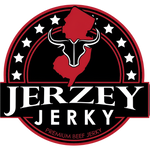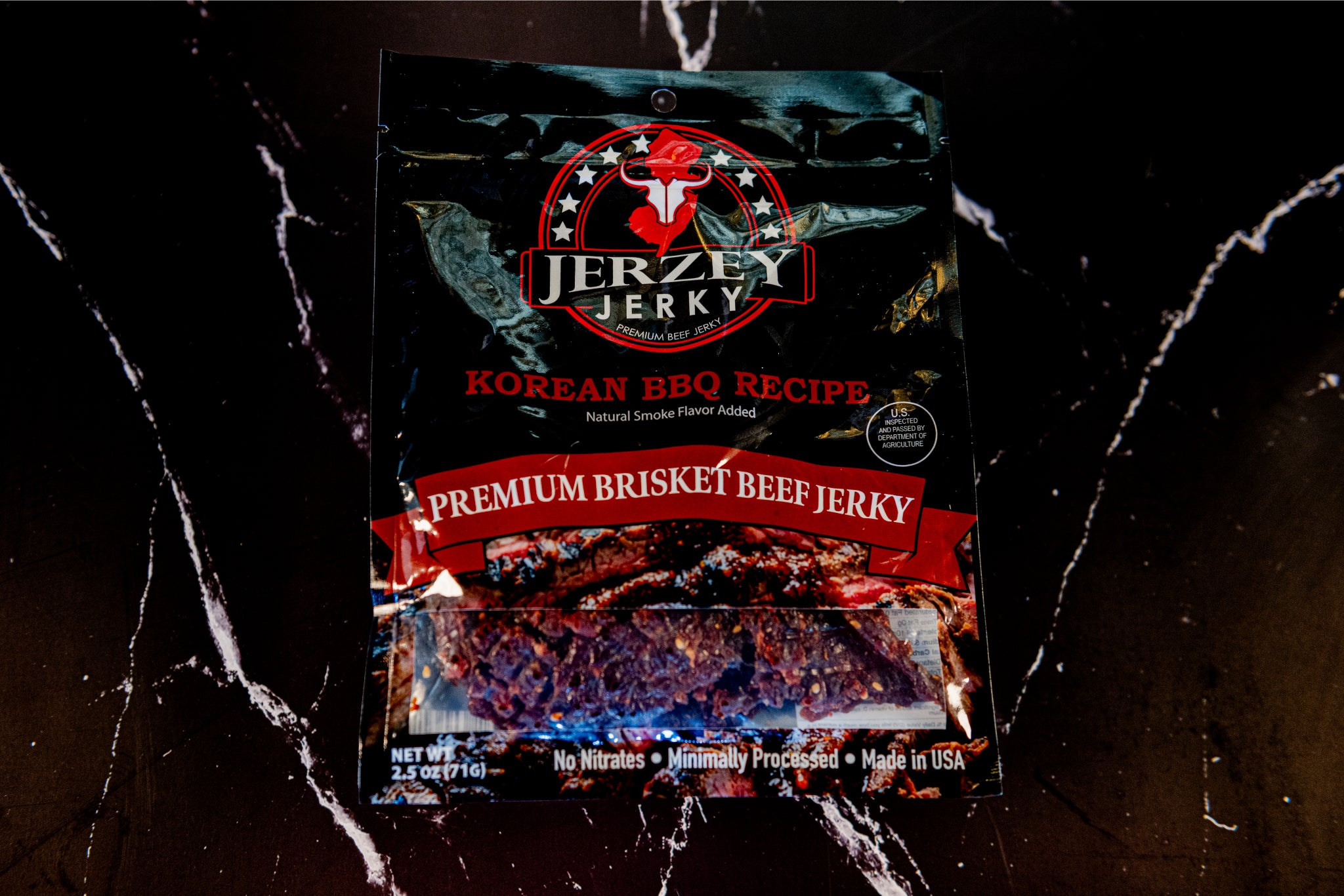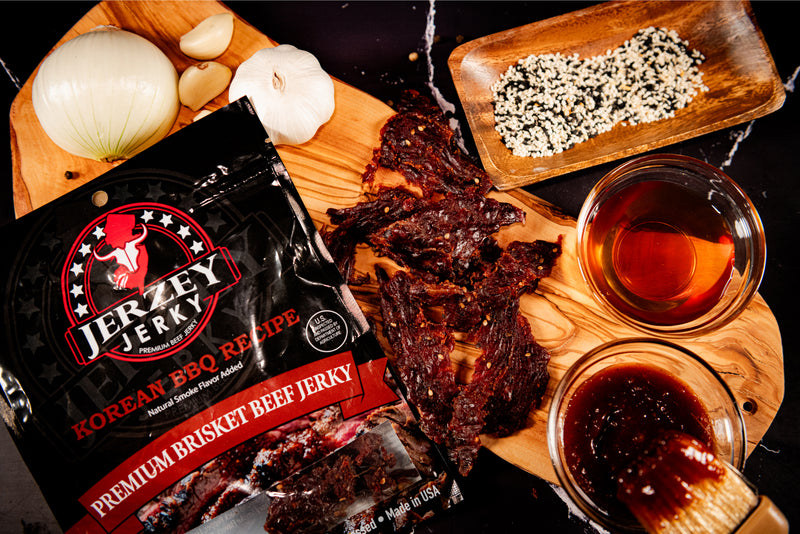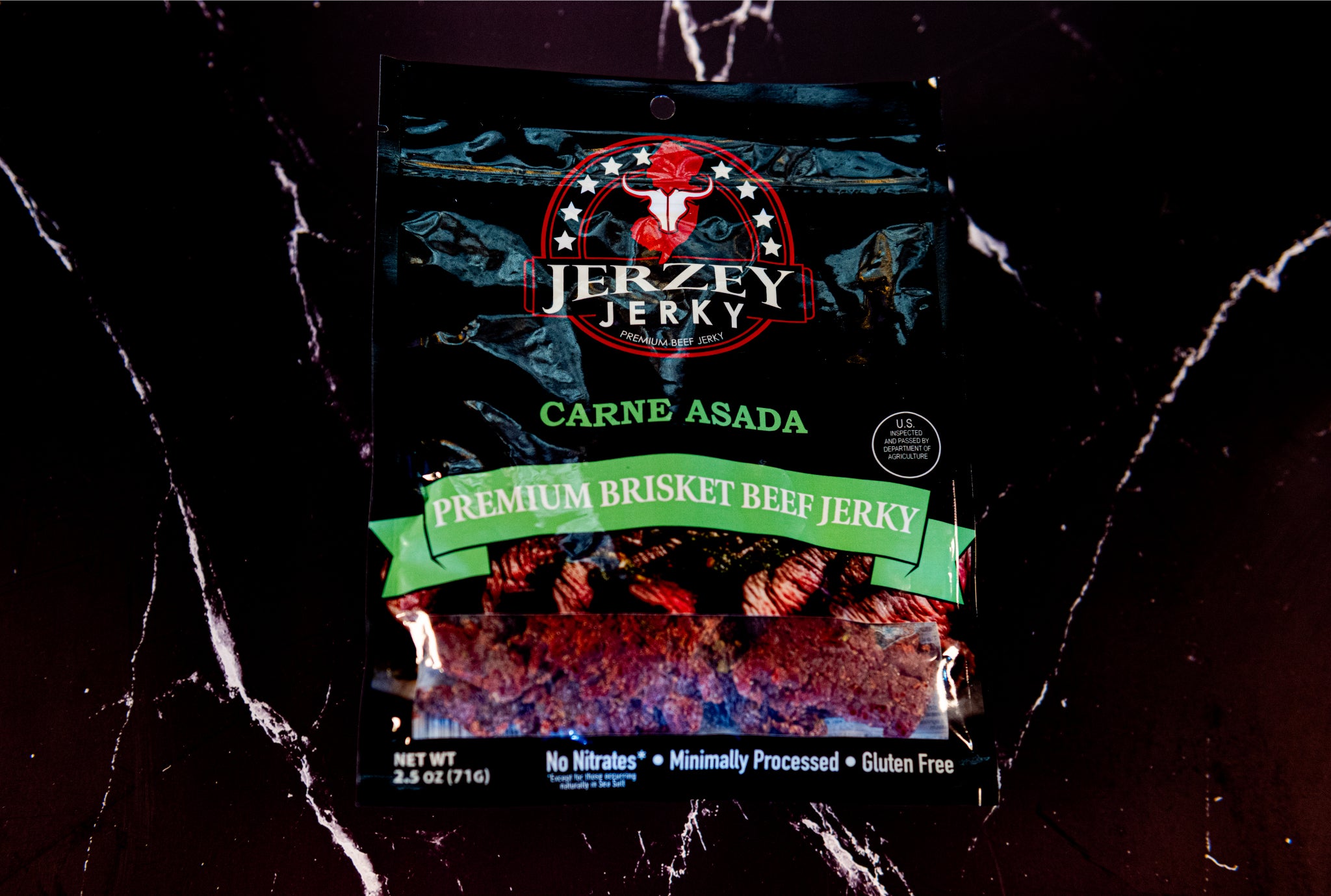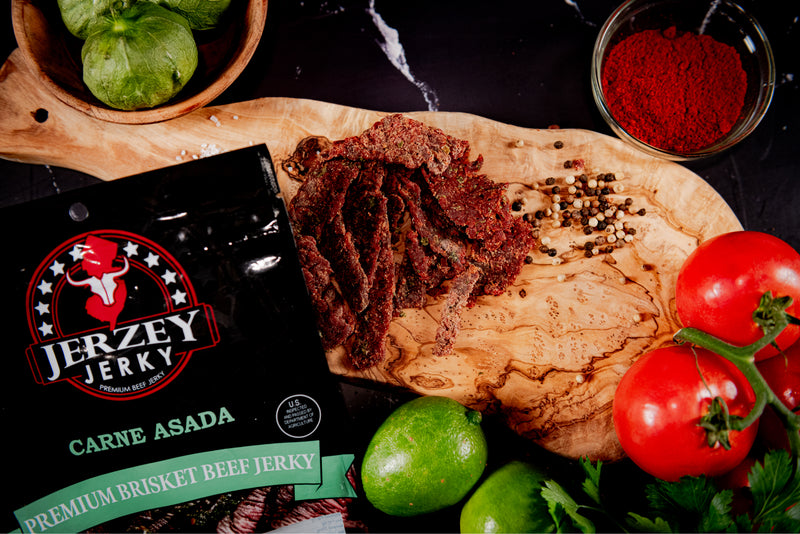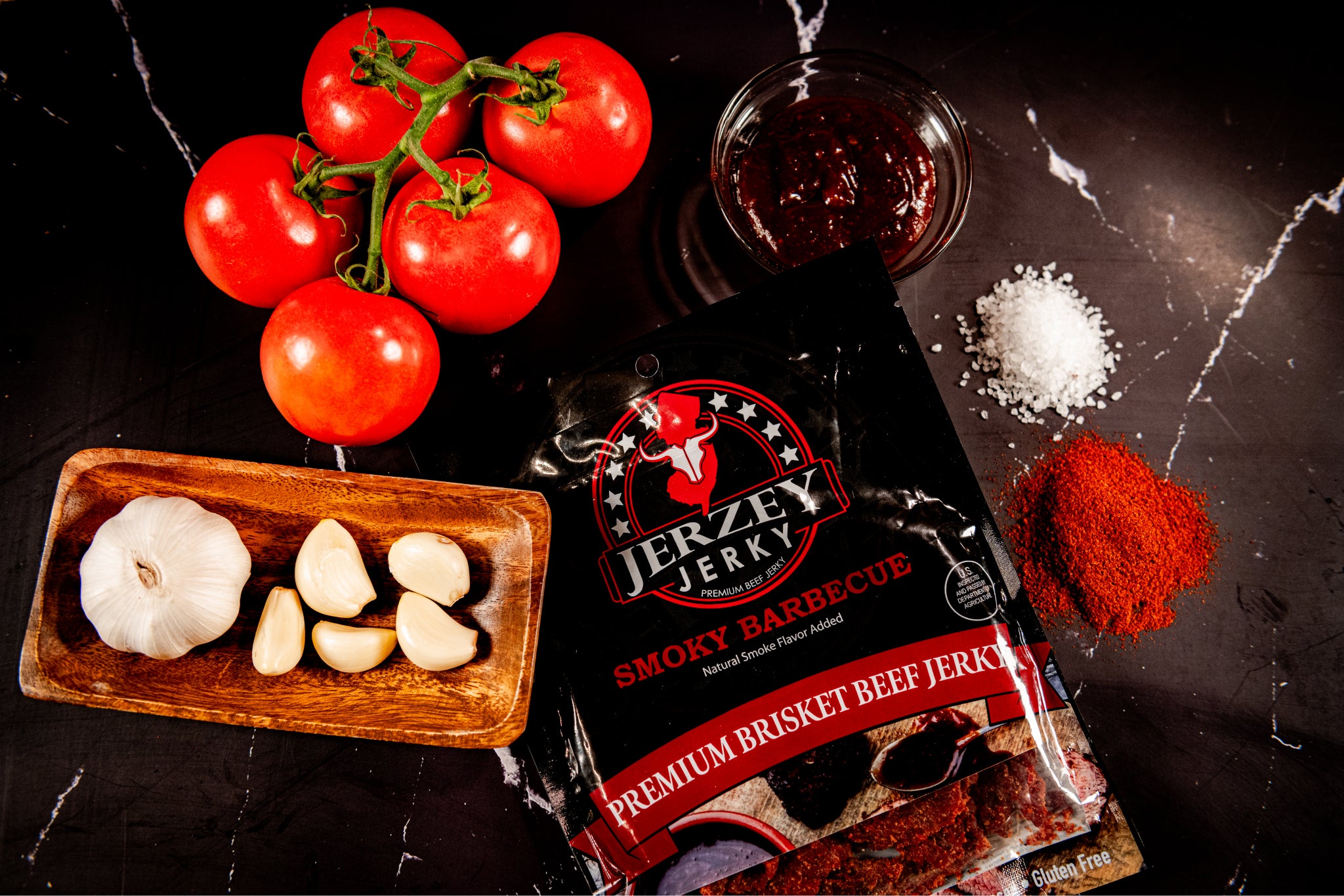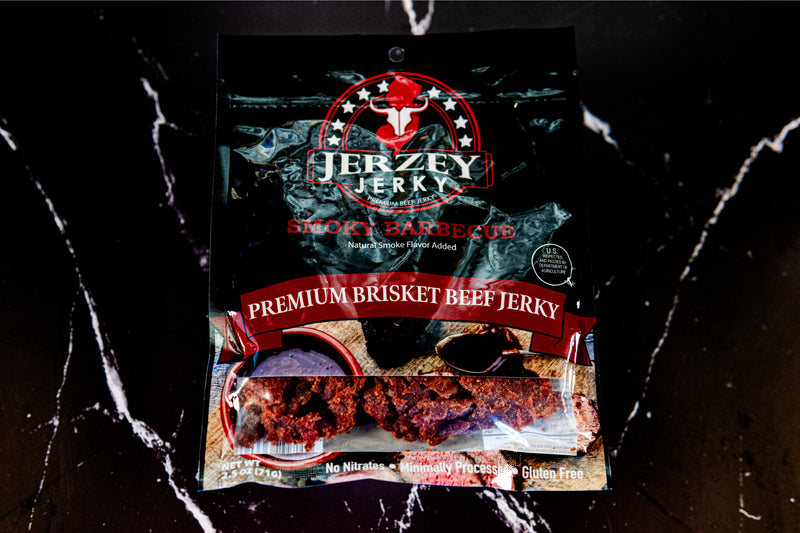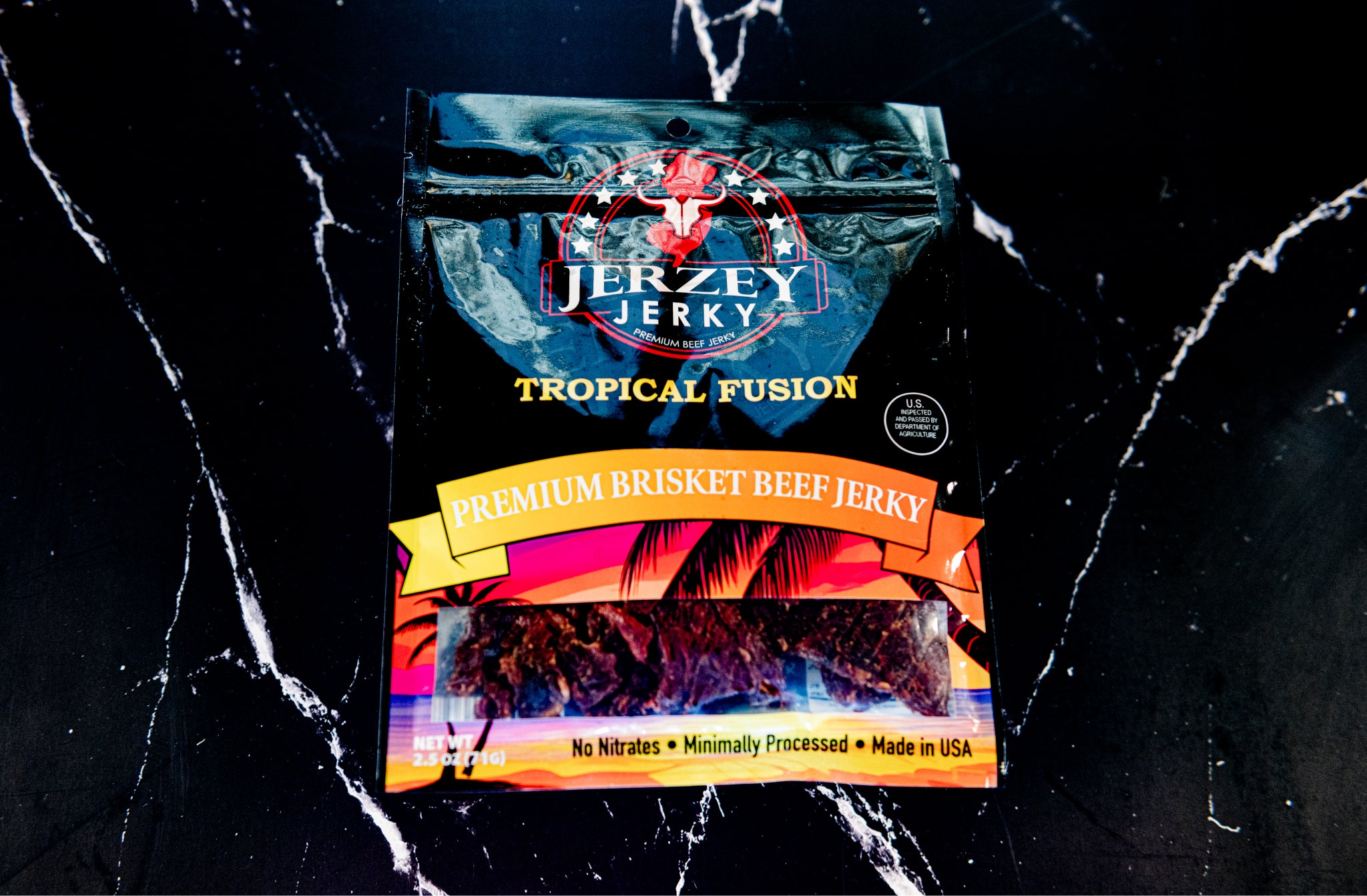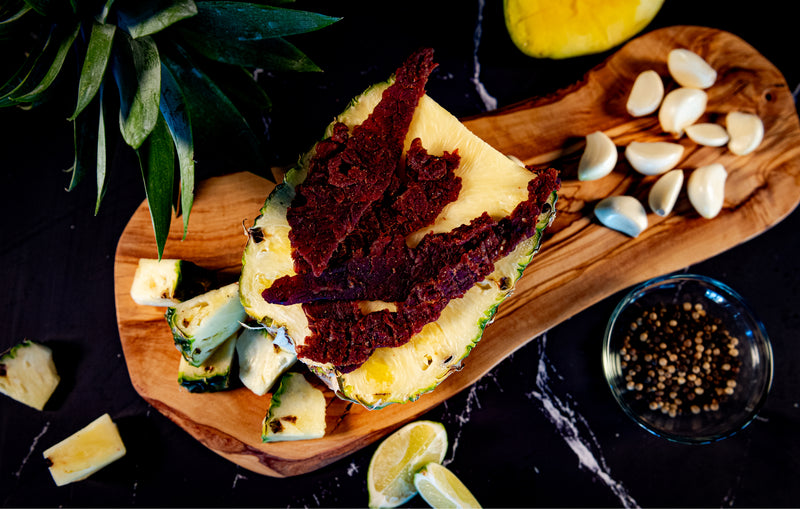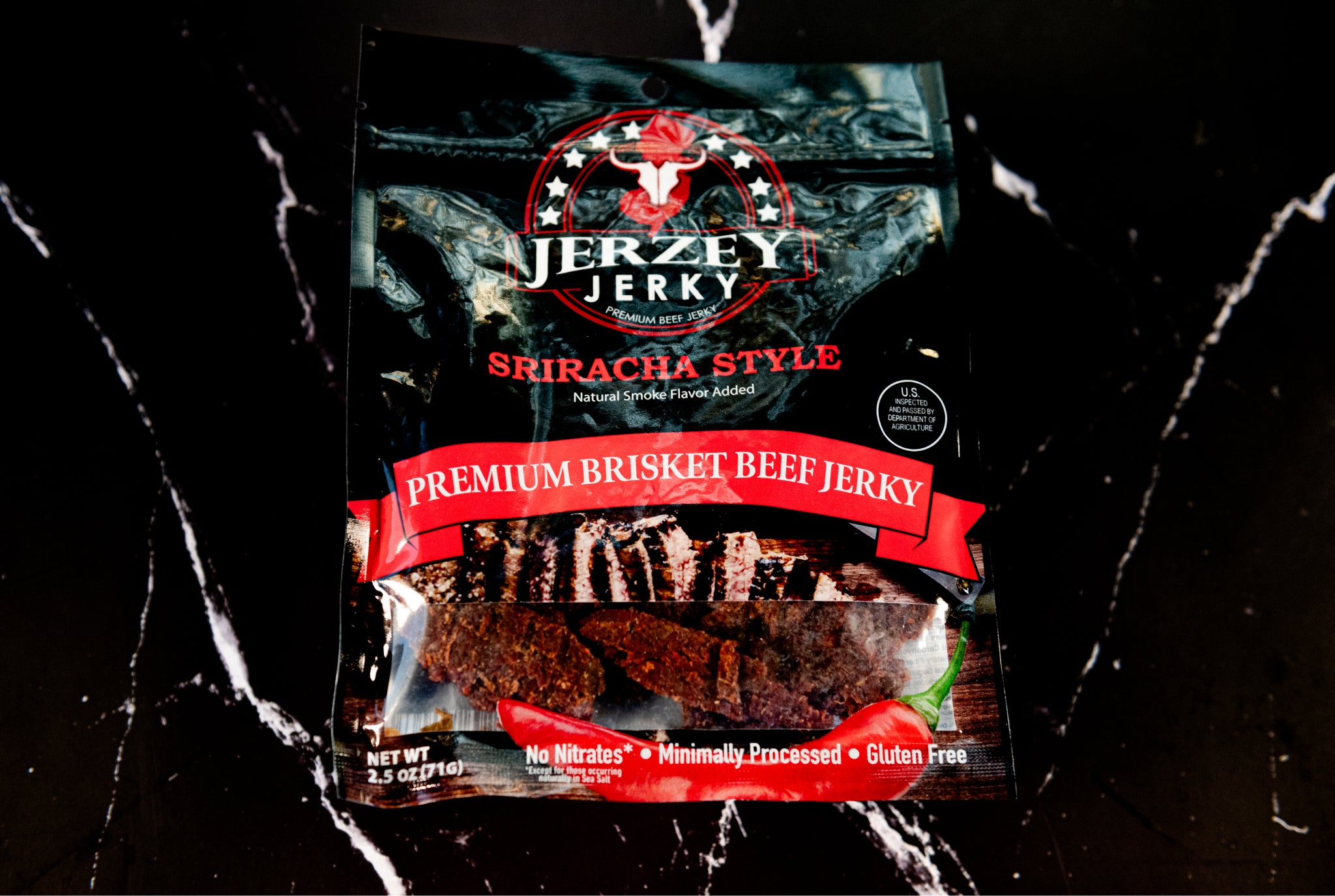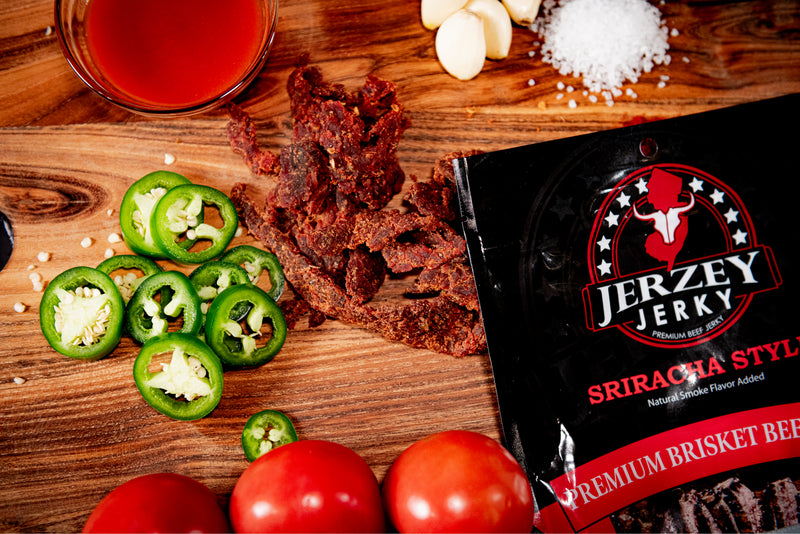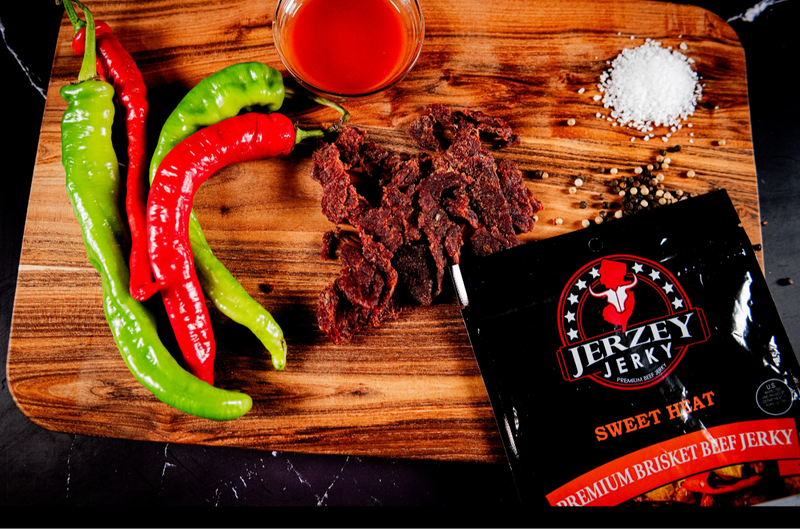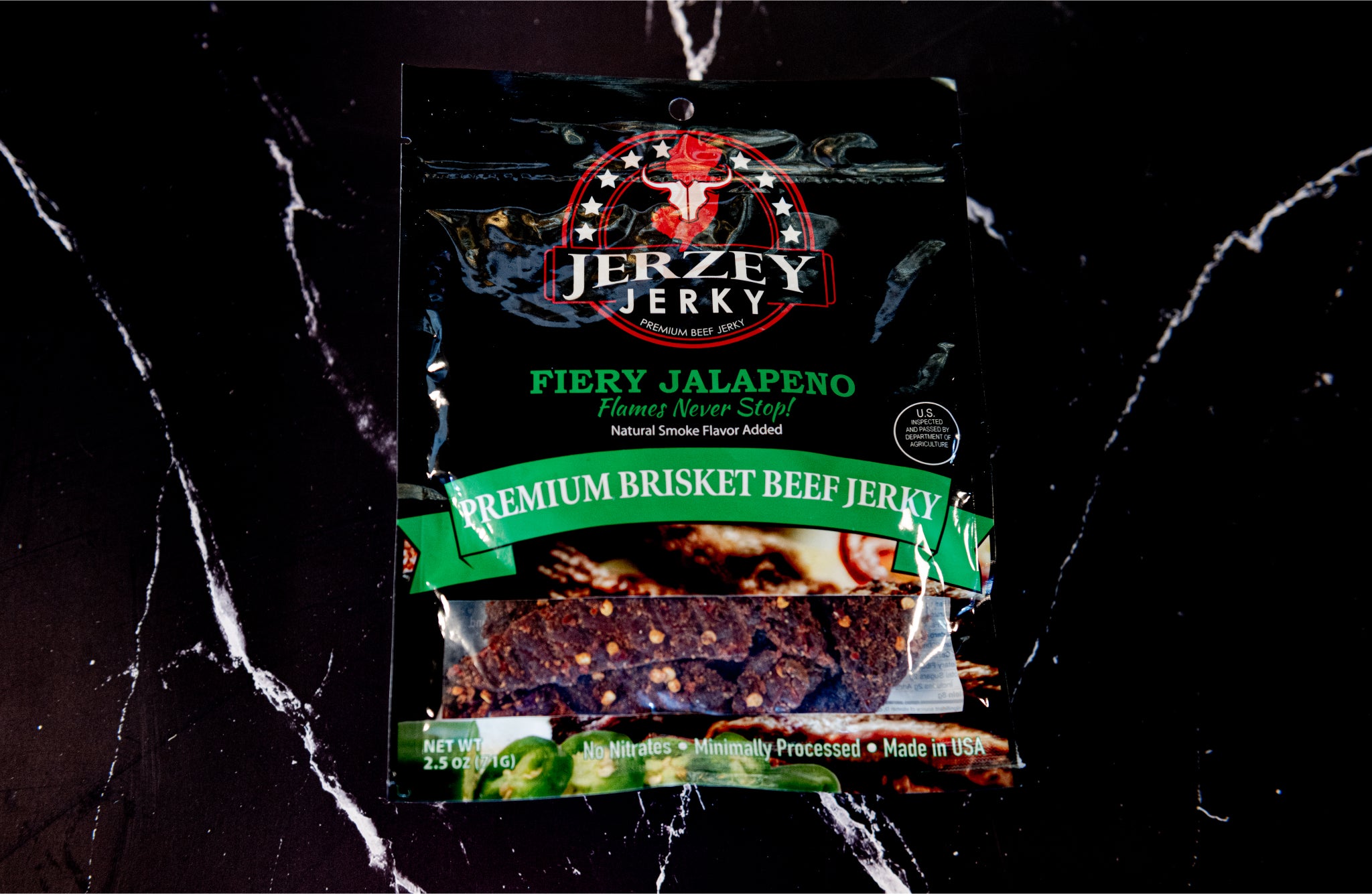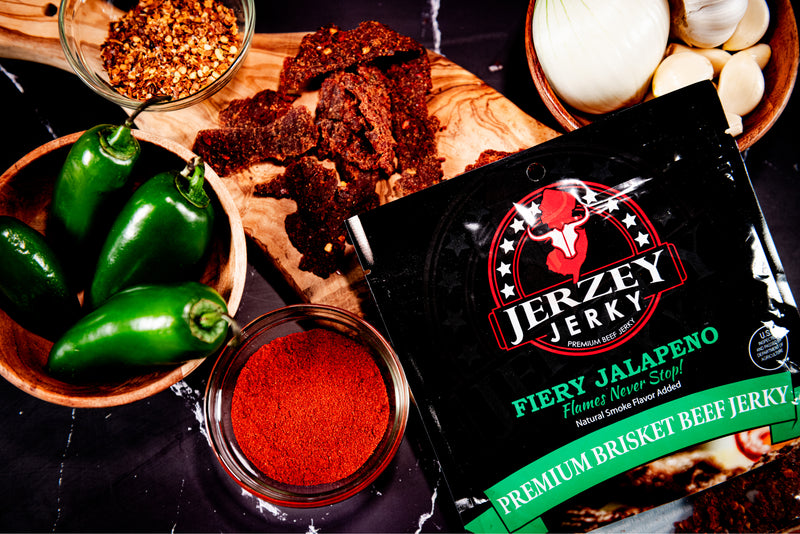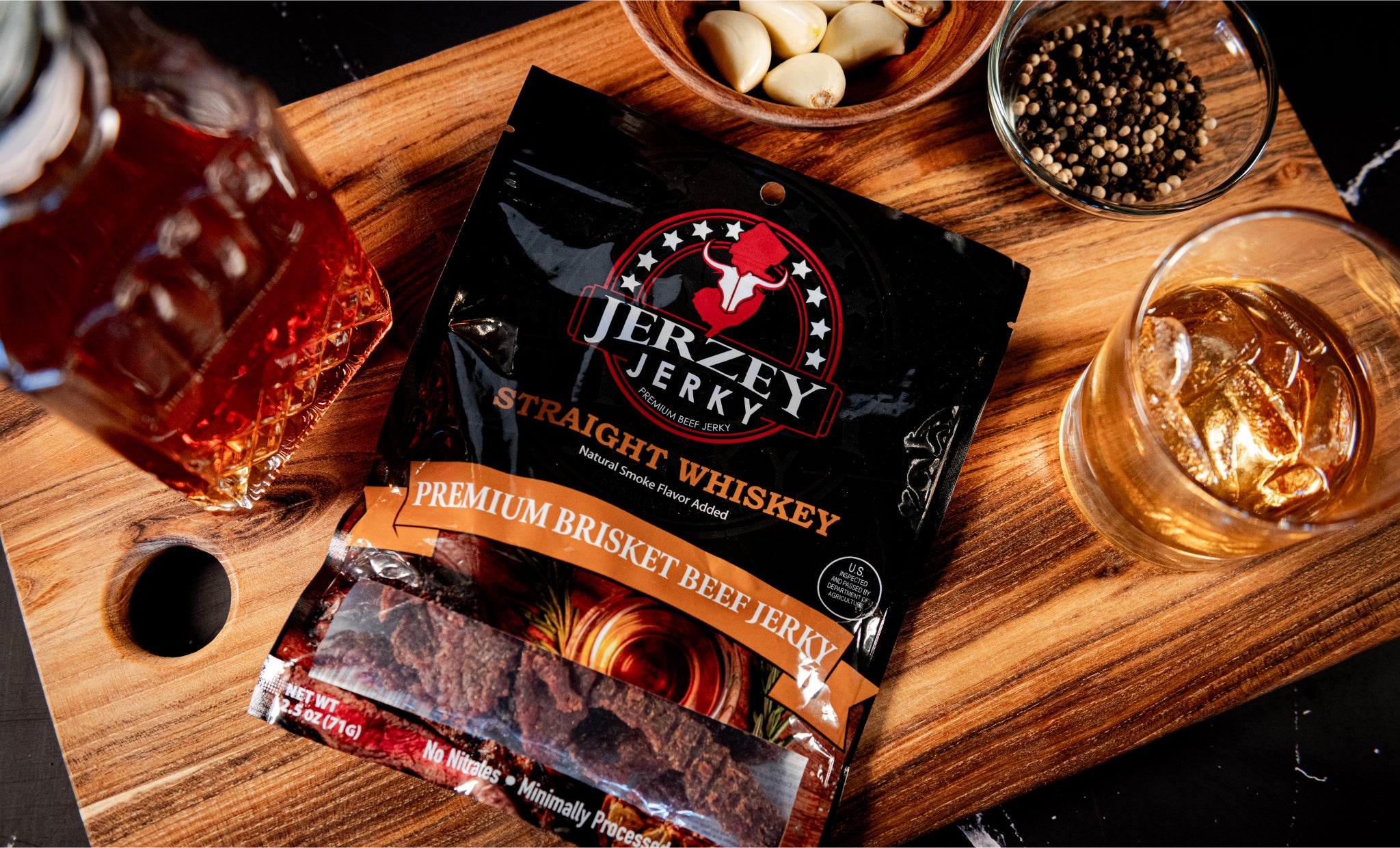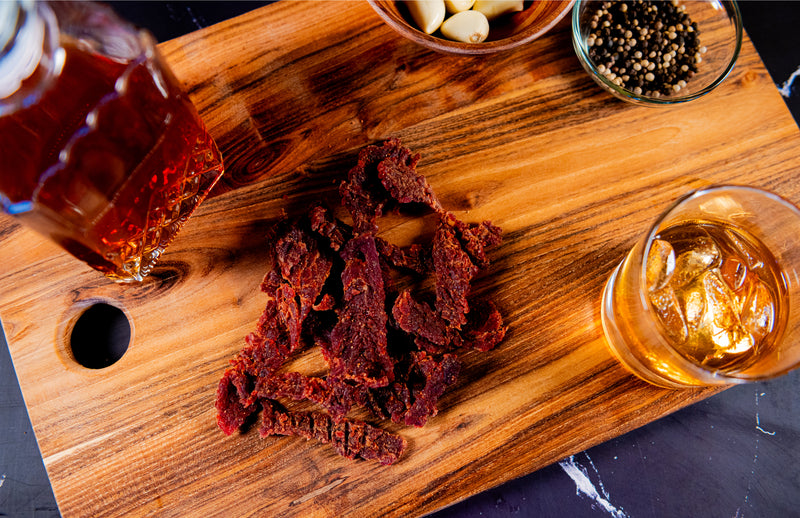
Low-Sodium Beef Jerky Recipe
Preparation of low-sodium beef Jerky begins with the choice of a lean beef cut. Trims such as eye round or flank provide a high-protein, low-fat diet. Even drying and uniform chewing are to be attributed to thin slicing.
The marinade does not include sauces that are rich in sodium. Experts substitute normal soy sauce with low-sodium versions. Onion, black pepper, vinegar, and garlic add taste without sodium content.
Marination attracts the flavor into the meat. It also degrades the muscle to give it a better texture. The practice assists in the retention of nutrients during drying.
Dehydration locks the moisture out to keep the beef cool. As stated in the Food Science Institute of Kansas State University, March 30, 2011, the right drying makes jerky shelf-stable with no added chemicals.
The recipe is appropriate for individuals with high blood pressure, renal diseases, or athletic needs. It provides high protein, but much less sodium.
What are the Ingredients of Low-Sodium Beef Jerky?
Here are the eleven ingredients of Low-Sodium Beef Jerky:
- Beef (500g): Eye of round, top round, or sirloin tip
- Low-Sodium Soy Sauce (3 tbsp)
- Apple Cider or Balsamic Vinegar (2 tbsp)
- Worcestershire Sauce – Low-Sodium (1 tbsp, optional)
- Honey or Maple Syrup (1 tbsp, optional)
- Garlic Powder (1 tsp)
- Onion Powder (1 tsp)
- Black Pepper (1 tsp)
- Smoked Paprika (1 tsp)
- Liquid Smoke (½ tsp, optional)
- Red Pepper Flakes or Cayenne (½ tsp, optional)
Shop the best-selling Teriyaki Beef Jerky - Brisket & Korean BBQ Beef Jerky - Brisket !
Marinade Preparation
Begin by mixing low-sodium soy sauce and vinegar in a mixing bowl. These are the cornerstones of the marinade. To be a little sweet and tangy, use apple cider or balsamic vinegar.
Add a little bit of Worcestershire sauce if needed. Choose a low-sodium product to be able to follow dietary restrictions. It enhances the umami flavor without adding a lot of salt.
Add in some garlic powder, onion powder, black pepper and smoked paprika. These dry spices add a pop of sharpness, heat and smokiness without a gram of sodium.
It is optional to add honey or maple syrup to add some sweetness, or to your desire. This neutralizes the acidity of vinegar and enhances the depth of flavor.
Whisk the mixture till you get a smooth mixture. Try the marinade before using. Add only the spices or vinegar as necessary. Do not add any salt-like substance.
Cutting & Preparation
Cut off any fat on the beef with a sharp knife. Shelf life is affected by fat as it increases spoilage. Safe drying and clean texture are accompanied by lean cuts.
Pop the beef in the freezer. Marginal freezing toughens meat to ease the task of slicing into fine, even slices without tearing.
Cut the beef across the grain. Make each strip 1/8-1/4 inch in thickness. This cutting procedure assists in the production of soft chewing jerky.
Put the strips of beef in the marinade. Exercise care in ensuring that every piece is kept submerged to provide even flavoring. Keep it refrigerated with a lid.
Refrigerate the beef in the marinade for 12-24 hours. Once the meat is removed, dry the slices with paper towels. This gets rid of additional water to dry it better.
What are the Drying/Cooking Methods for Low-Sodium Beef Jerky?
Use a dehydrator at a low steady temperature. Pile beef strips on the trays, one at a time. Dry out for at least several hours until the pieces feel dry but a little bending still occurs without breaking.
Set the heat to the lowest level when oven drying. Place and line up the beef strips in a wire rack held above a baking tray. Do not close the oven door completely. This enables a constant flow of air and even drying.
To add a flavor, use a smoker. Select a wood that is mild in nature like applewood or cherry. Heat on very gently. Smoking gives flavor without adding sodium.
The USDA Food Safety guidelines recommend complete drying so that moisture levels are low to inhibit bacterial growth. Good texture indicates a bit of flexibility without wetness. Jerky at this stage is tasty and is able to shelf securely.
What is the Storage & Shelf Life of Low-Sodium Beef Jerky?
Bring out the jerky to rest on a neat place. The trapped moisture spoils due to heat. The texture becomes firm due to cooling and has a longer shelf life.
Put jerky in tightly closed bags or vacuum-sealed bags. Limit the air as much as possible. Lack of oxygen also retards bacterial growth and alteration of texture.
Up to 7 days of storage of jerky is made at room temperature. Store the container away from moisture and light in a place that is dry and shady.
Refrigerate the jerky for up to 14 to 21 days. This is an appropriate technique for low-salt recipes without preservatives. In order to avoid spoilage, use clean containers that are well sealed.
Freeze jerky to have storage for 180 days. Add desiccant packs in case of additional moisture. This preserves the jerky dry and safe enough to last long.
What is the Nutritional Value of Low-Sodium Beef Jerky?
Here is the nutritional value of Low-Sodium Beef Jerky:
- Calories: 80–100 per ounce
- Protein: 12–15 grams per ounce
- Sodium: Under 150 mg per ounce (varies by marinade)
- Fat: Below 3 grams per ounce using lean beef
- Carbohydrates: 1–4 grams per ounce if sweeteners are added
- Iron: 1.5–2 mg per ounce
- Zinc: 2–3 mg per ounce
- Cholesterol: Around 20 mg per ounce
- Fiber: 0 grams
- Sugar: 0–3 grams per ounce (depends on added honey or syrup)
Low-sodium beef jerky provides plenty of protein but with lower salt content, so the product is developed to be heart- and kidney-friendly. It promotes muscle recovery, it is satisfying, and it is compatible with low-carb diets without causing damage to sodium intake.
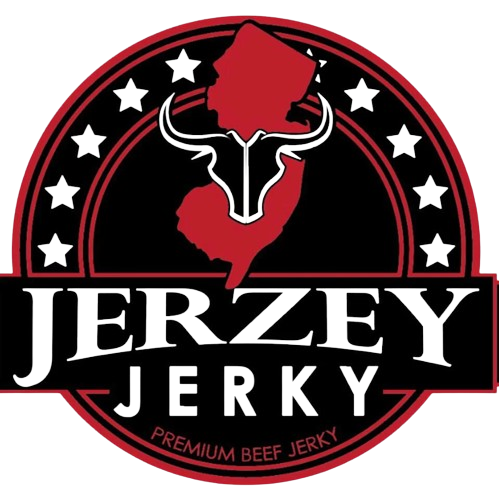
 2025-07-30
2025-07-30
 Wayne Holland
Wayne Holland

